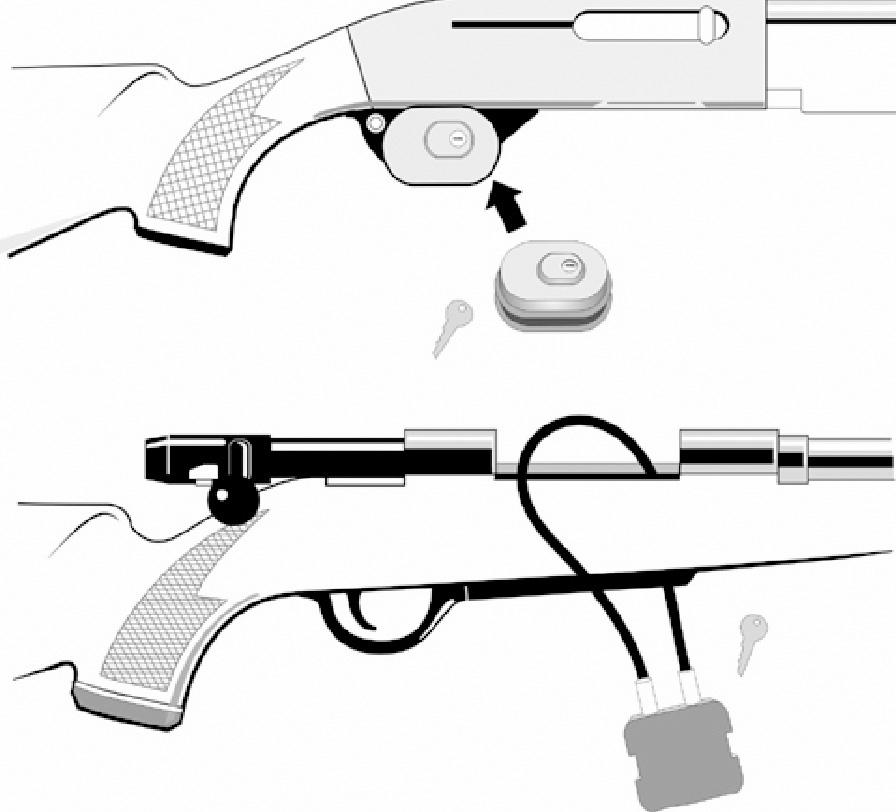
Firearms play an important part in the lives of many Cree. If you have a gun, then it is up to you to make sure that it does not fall into the wrong hands or cause accidents. Given that moose and goose breaks are happening, the Nation along with the Canada Firearms Centre is giving you the heads up on the right method to store and transport your guns.
First of all we should know the laws and what they say about storing your guns and transportation rules for all firearms. The rules for hunting rifles and shotguns are simple.
One very important requirement is to keep all firearms unloaded for storage. In most cases, non-restricted firearms need to be stored in a securely locked container or room that is hard to break into. Nemaska has provided firearms lockers for each household. Alternatively, they need to have a secure locking device on them, such as a cable lock or trigger lock. If not, the bolt or bolt carrier needs to be removed so the firearms cannot be fired. Ammunition must be kept separate unless it is locked up. (It can be stored in the same locked container or room as the firearm.) A tool box with a heavy lock is a cheap method of doing this.
If you’re in the bush hunting, then the law is a little different. The law makes some exceptions for non-restricted firearms being stored in a remote wilderness area. These firearms need to be unloaded, but they do not need to be locked up or made incapable of firing and the ammunition can be kept readily accessible. So you need not worry about late night prowlers looking for some food.
Speaking of which, in other areas where a firearm can lawfully be discharged, a firearm can temporarily be kept unlocked and able to be fired if it is needed to control animal predators. This could apply to people who are slashers in the bush or those types of activities. However, the ammunition must be kept separate or locked up.
I think we all know the most important thing to do when transporting (by car, snowmobile or boat) is to unload the firearm. There is one exception to this rule that will not really apply to Crees at the moment. It is if you have a musket or a muzzleloader and you are taking it from one area where you are hunting to another area where you are hunting. It can be kept loaded, but the firing cap or flint has to be removed. Maybe it’s time to see if great Grandpa can remember where they hid the old-style guns.
If firearms are in an unattended vehicle, they need to be locked in the trunk or in a similar lockable compartment (the box on the back of pick-up trucks). If the vehicle does not have a trunk or compartment that can be locked, the firearms need to be put out of sight inside the locked vehicle. If this is not possible, non-restricted firearms can be left unattended only if they are being transported in a remote wilderness area. In this case, the firearms need to be put out of sight. They also need to have a secure locking device on them unless they are needed for wild animals.
If you follow the above guidelines, you should have a safe and happy Goose or Moose Break.
Following those rules all the time will make our communities safer. Don’t forget to check out any band by-laws that may also apply.
If you have any questions, call the Canada Firearms Centre toll-free at 1-800-731-4000 or contact your local CTA office (though they might be out hunting). Good luck to all hunters.

